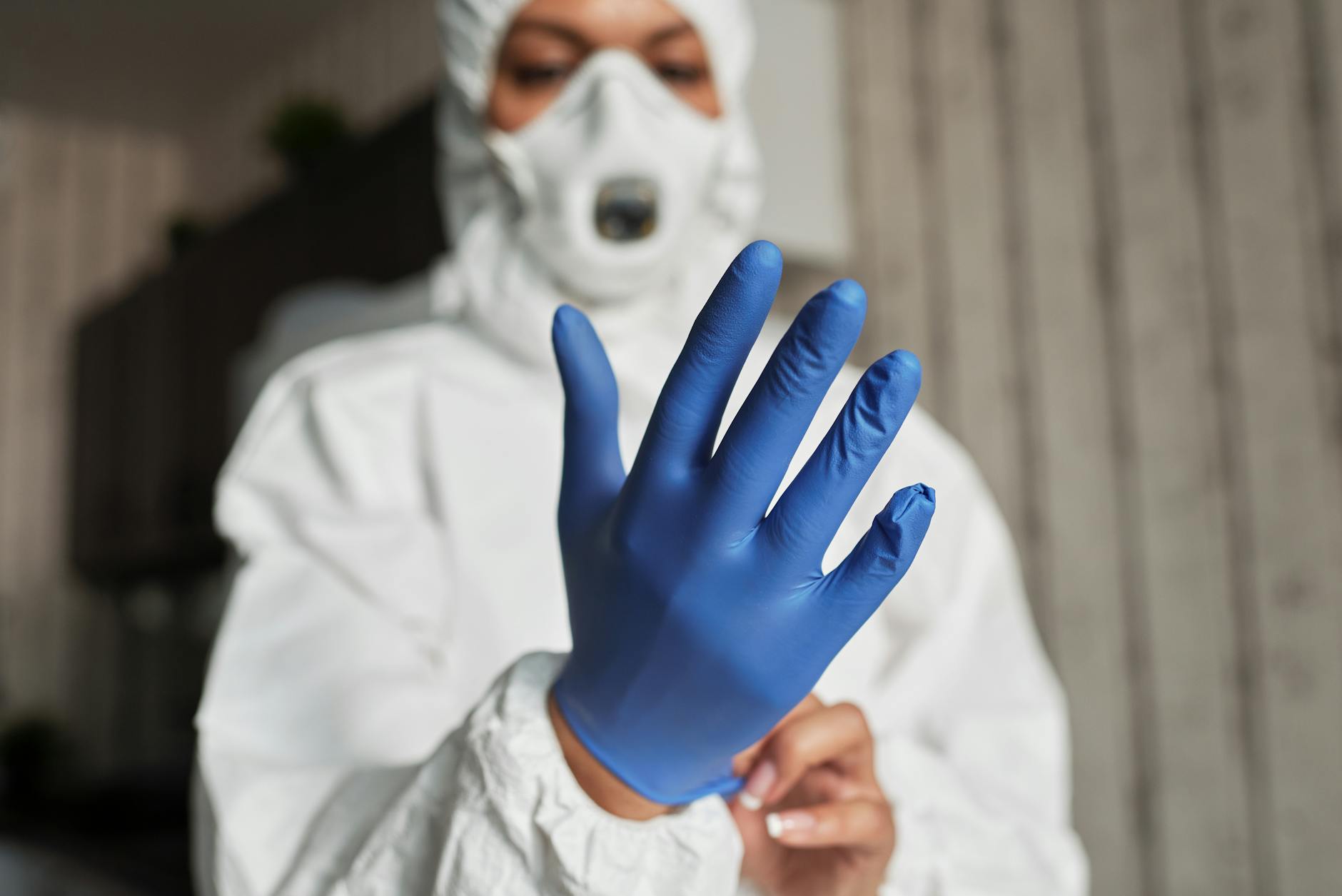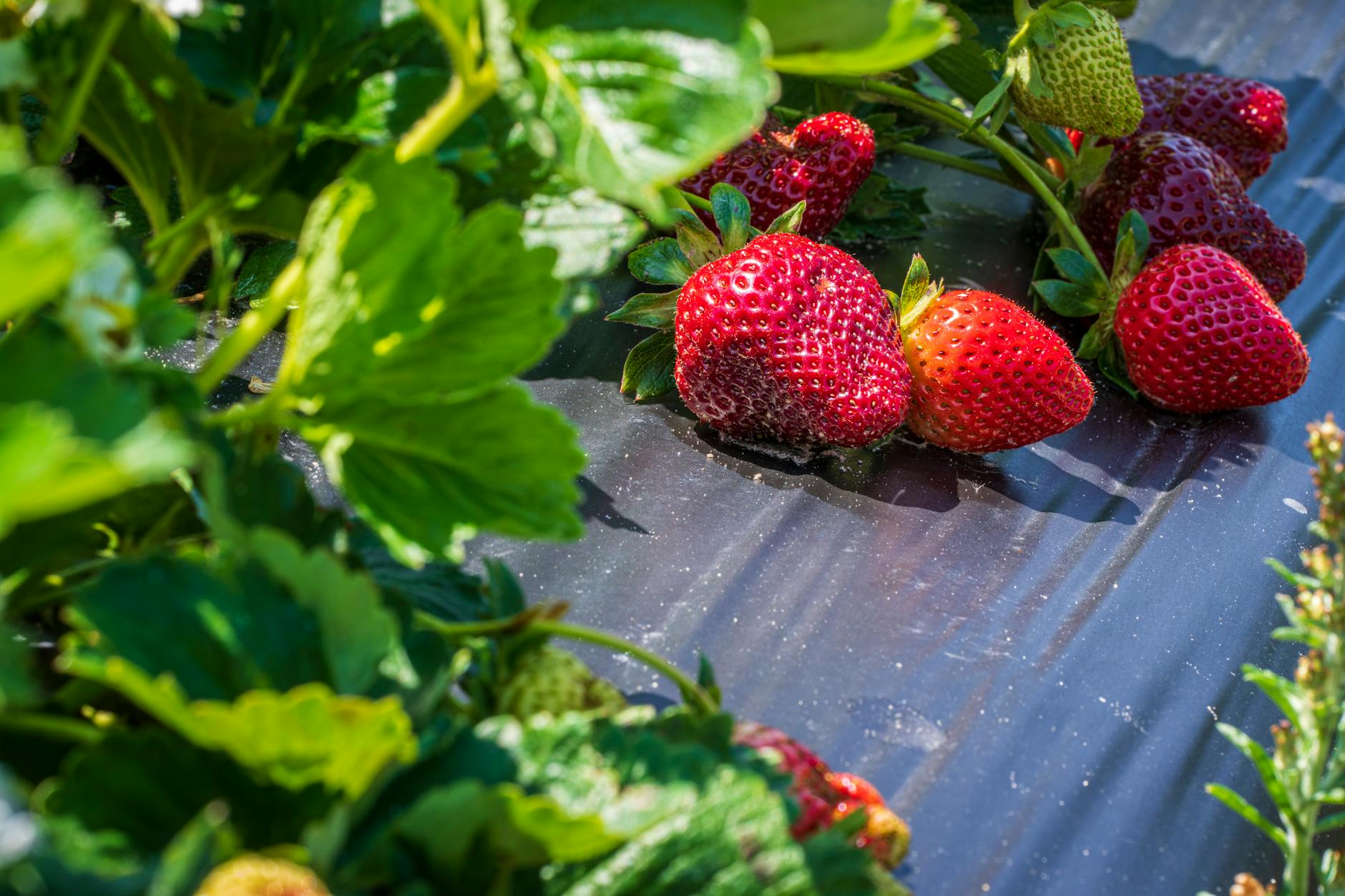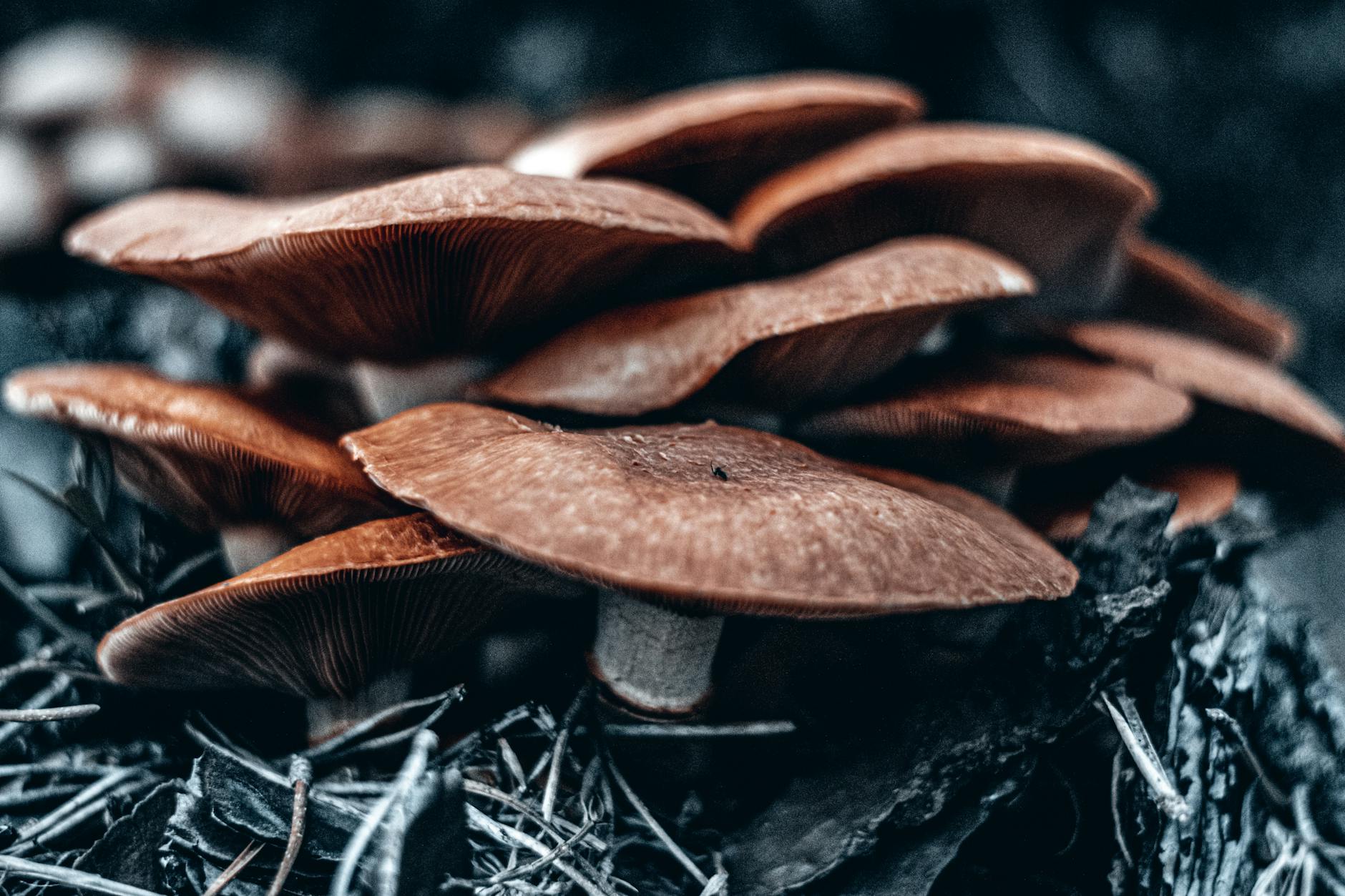Mushroom cultivation is a fascinating and rewarding hobby that can provide you with a fresh supply of delicious and nutritious fungi. However, one of the biggest challenges that mushroom growers face is contamination. Contamination can quickly ruin a batch of mushrooms and lead to wasted time and effort. To ensure successful mushroom cultivation, it is crucial to follow sterile techniques to prevent contamination. In this article, we will explore expert tips on how to maintain a sterile environment during the mushroom cultivation process.
Importance of Sterile Techniques in Mushroom Cultivation
Sterile techniques are essential in mushroom cultivation to prevent the growth of unwanted microorganisms that can compete with the mushrooms for nutrients and space. Contamination can occur at any stage of the cultivation process, from inoculation to harvesting, so it is crucial to maintain a clean and sterile environment throughout.
Setting Up a Sterile Workspace
Before you begin the mushroom cultivation process, it is important to set up a sterile workspace. Choose a clean and well-ventilated area where you can work without the risk of contamination. Make sure to clean all surfaces, tools, and equipment with a disinfectant to eliminate any potential sources of contamination.
Sterilizing Substrates and Growing Mediums
The substrates and growing mediums used in mushroom cultivation must also be sterilized to prevent contamination. This can be done by steaming, boiling, or pressure cooking the substrate to kill off any harmful microorganisms. Make sure to cool the substrate completely before inoculating it with mushroom spores or spawn.
Using Personal Protective Equipment
Wearing personal protective equipment, such as gloves, a mask, and a hairnet, can help prevent contamination from your own skin microflora. Make sure to wash your hands thoroughly before handling any materials and avoid touching your face or hair while working with the mushrooms.
Maintaining Clean Air Circulation
Proper air circulation is essential in preventing contamination during mushroom cultivation. Invest in a good-quality air filtration system to reduce the risk of airborne contaminants entering your workspace. Avoid working in dusty or high-traffic areas to minimize the risk of contamination.
Monitoring and Identifying Contamination
Despite your best efforts, contamination may still occur during the mushroom cultivation process. It is important to monitor your mushrooms regularly for any signs of contamination, such as unusual colors, odors, or textures. If you suspect contamination, act quickly to isolate the affected mushrooms to prevent it from spreading.
Conclusion
In conclusion, sterile techniques are crucial for successful mushroom cultivation. By implementing proper sterilization methods, maintaining a clean workspace, using personal protective equipment, ensuring clean air circulation, and monitoring for contamination, you can minimize the risk of contamination and increase your chances of a successful mushroom harvest. Remember, prevention is key when it comes to avoiding contamination in mushroom cultivation. By following these expert tips, you can enjoy a bountiful harvest of fresh, healthy mushrooms.


